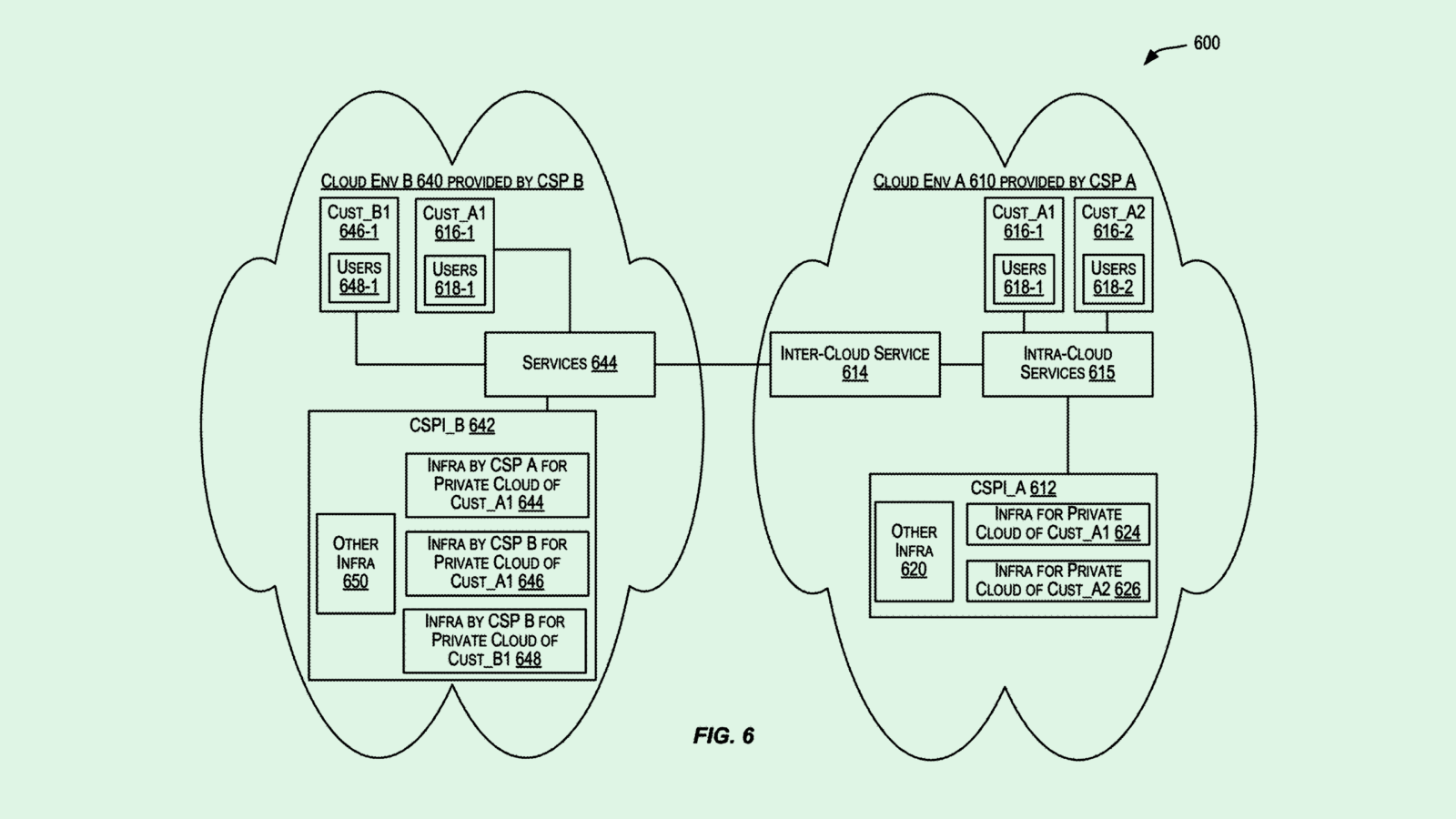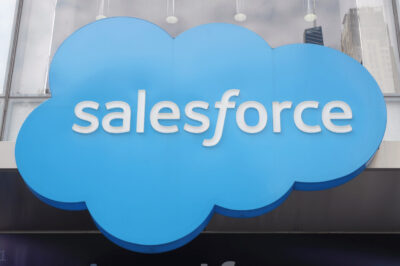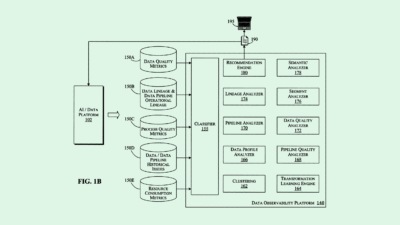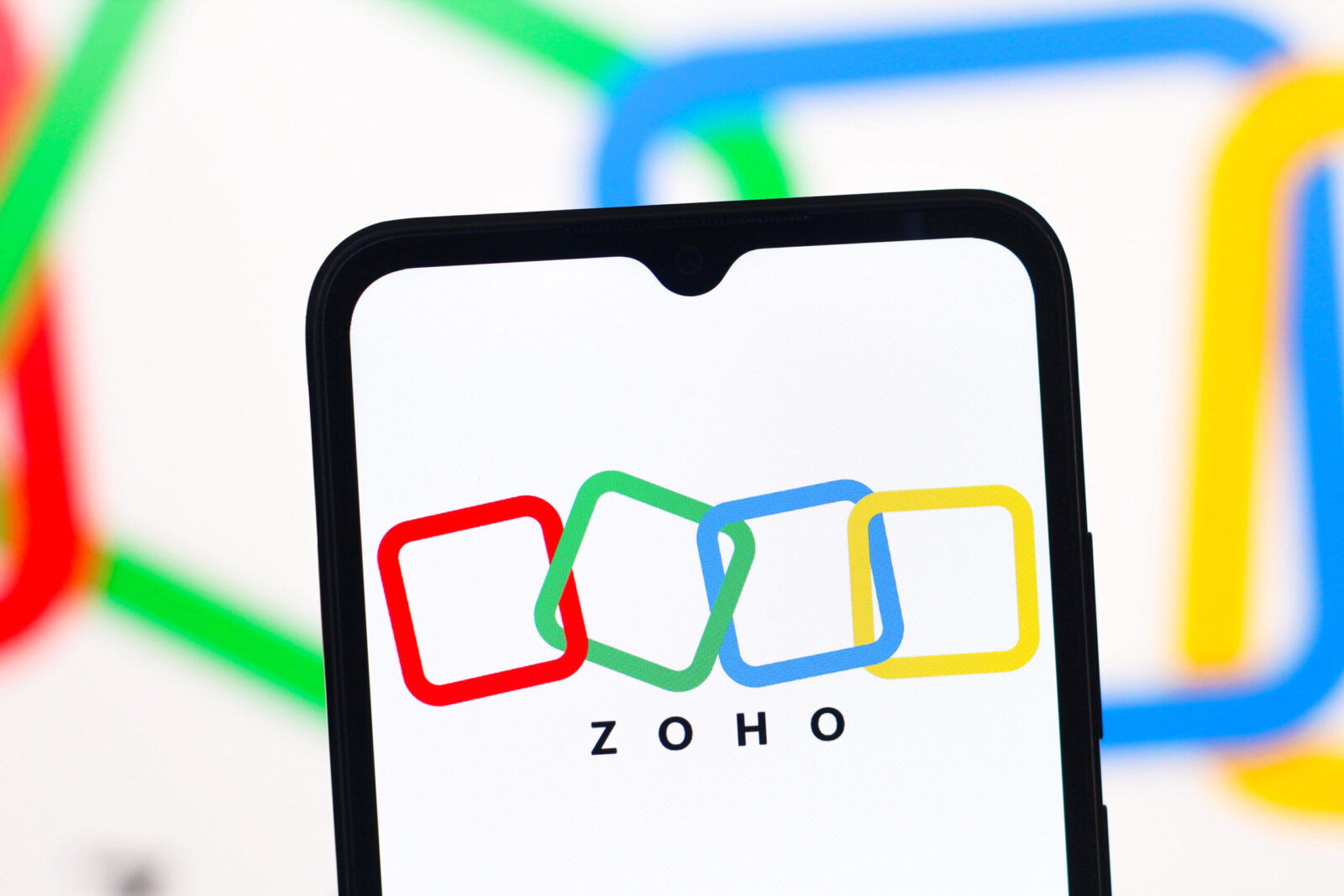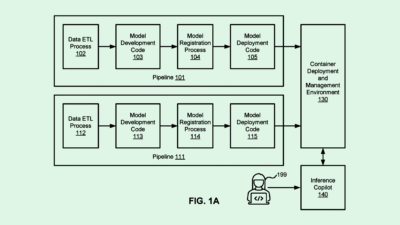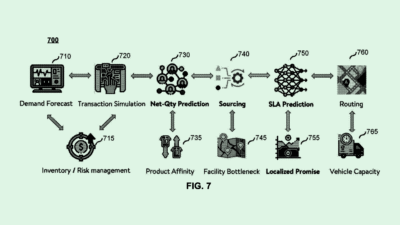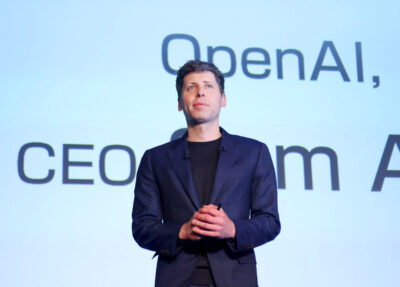AI’s Potential Marketing Payoffs Come With Outsized Brand Risks
“It’s more than simple streamlining. It’s about outsourcing brand decisions.”

Sign up to get cutting-edge insights and deep dives into innovation and technology trends impacting CIOs and IT leaders.
AI is coming for every part of the enterprise, and marketing is no exception.
Meta reportedly intends to use AI to fully automate the creation and targeting of ads by the end of 2026, The Wall Street Journal reported on Monday. Though Meta’s ad platform currently has some AI-powered features, the goal is to give businesses the capability to automate advertising from start to finish.
AI stands to benefit marketing and advertising in the same way that it bolsters other parts of enterprise operations: delivering cost, efficiency and productivity gains, said Linda Orr, Ph.D., fractional CMO and founder of Orr Consulting. Marketing expenses are often some of the tightest line items of a company’s budget, and using AI as a copilot for concepting, building and targeting campaigns may greatly boost efficiency.
This kind of tech can also simplify a major lift for startups or smaller companies, helping to complete more tedious tasks such as drafting, testing and optimizing, without requiring executives to hire a full creative department, said Dr. Lyric Mandell, director of media and public relations at MOXY Company.
‘Real-Time Feedback Built In’
“As teams engage with these tools, they often gain a clearer understanding of how different ad elements perform, which can sharpen their broader marketing instincts,” Mandell said. “It’s like learning by doing, with real-time feedback built in.”
However, the tech still faces several major complications before it’s ready for such tasks, said Orr. “The concept is great and I love it, but we’re not there yet with the technology,” she said:
- For one, AI still has accuracy and hallucination issues, which cause problems if it’s used to automate the creative parts of advertising. “The risks are money lost, or you ruin your brand’s reputation,” said Orr.
- Problems can increase substantially if a model veers into false advertising, Orr added. Healthcare marketing campaigns, for example, must be very carefully worded. But when using an AI model to write a drug ad, it “might start throwing around words like ‘proven’ and ‘guaranteed,’” she said.
- The move also represents a major shift in who has creative control, said Mandell. “It’s more than simple streamlining. It’s about outsourcing brand decisions to a platform that already controls the pipes,” she said.
Bias presents a risk, too. AI has a tendency to amplify biases it picks up in training and when it’s used in advertising, that may lead to unknowing reinforcement of stereotypes for certain groups, Mandell noted. “Delegating creative and strategic choices to an opaque system means losing visibility — and potentially, accountability,” said Mandell.
Spotting AI’s Errors
So how can you involve AI in your enterprise’s marketing department while mitigating the risks? As with any AI deployment, having a human in the loop is vital, said Orr. Knowing when not to use it, such as for certain products or campaigns that are more complicated, is critical. “Have a person that can be trusted, that’s accountable and responsible, to make those decisions,” she said.
Enterprises also need to be able to identify when AI makes mistakes — and catch them before they’re released to customers, said Mandell.
“The line should be drawn at the erosion of human judgment,” said Mandell. “If audiences start feeling like they’re being talked at by machines, not spoken to by real people, the relationship frays.”
